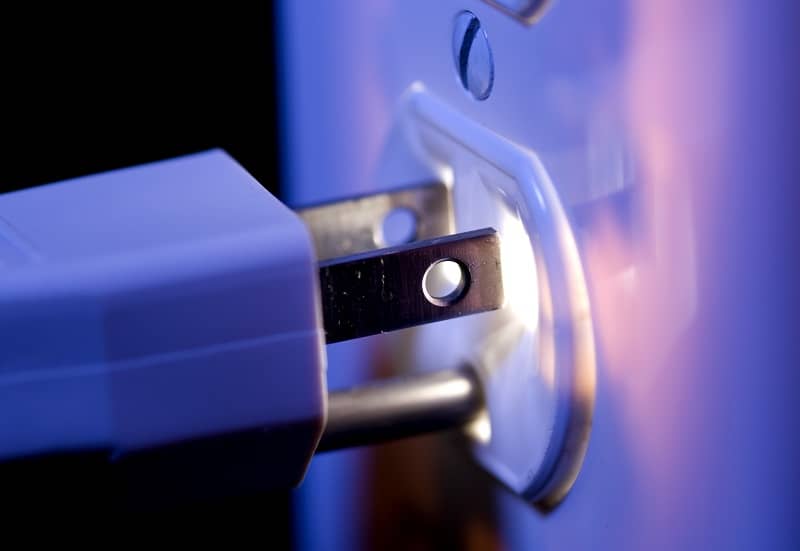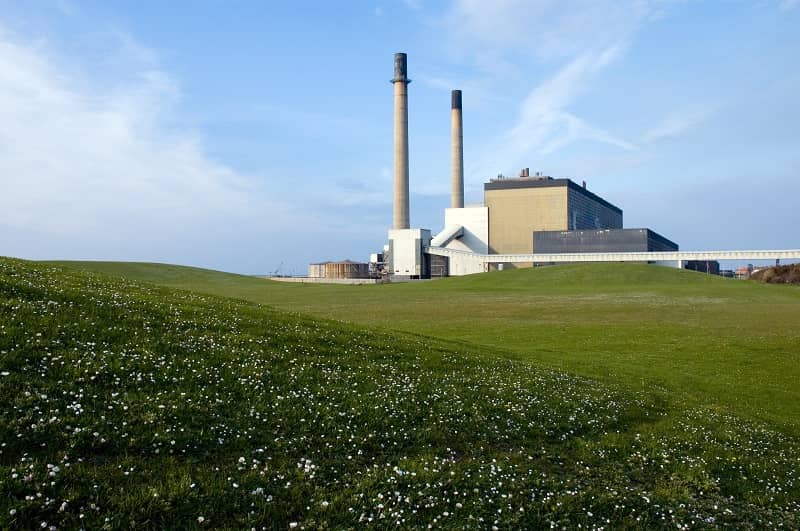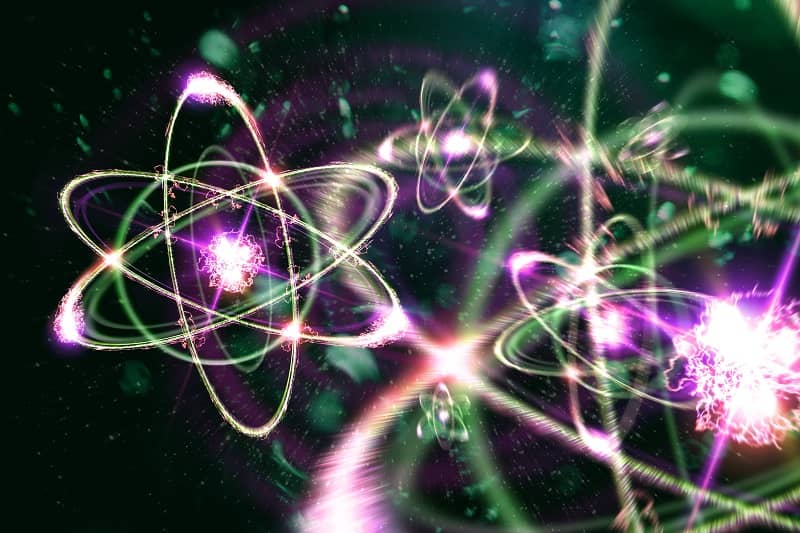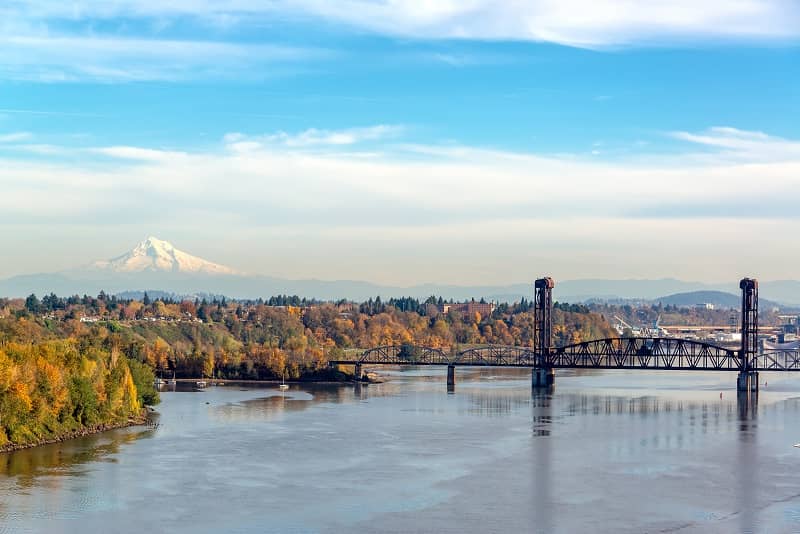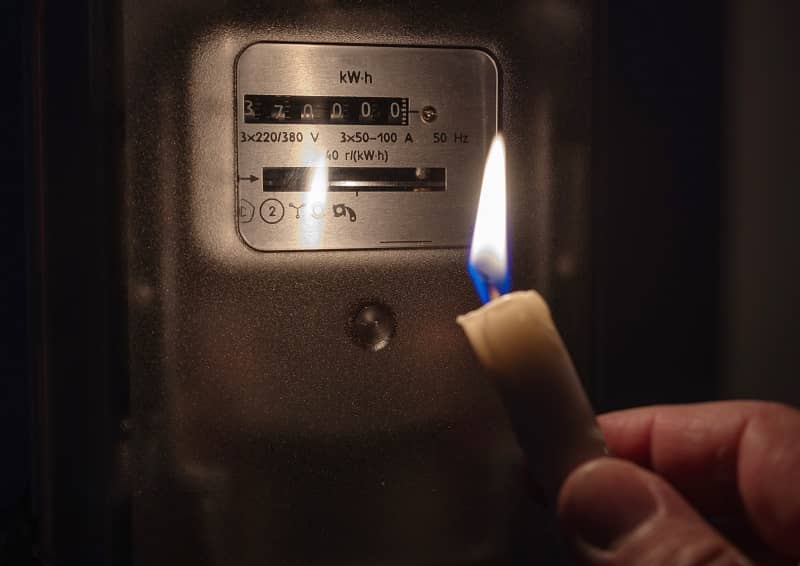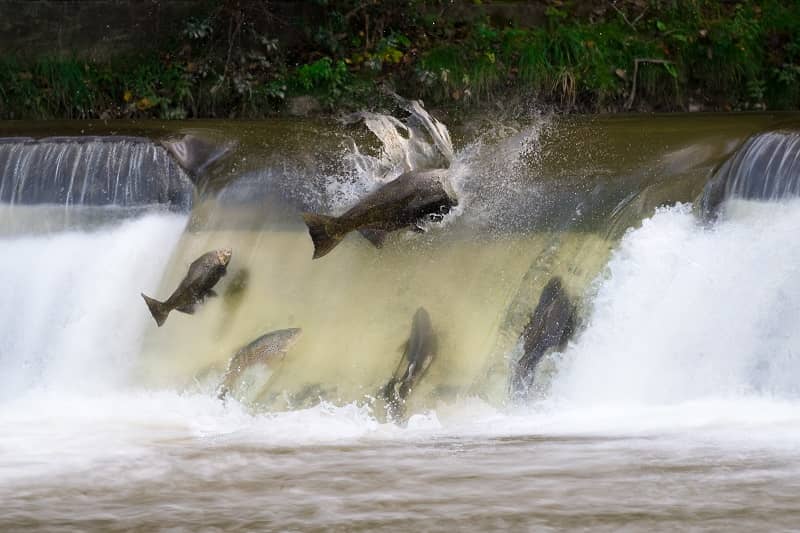On October 27, 2008, Governor Ted Kulongoski announced his Climate Change Agenda to aggressively mitigate the impacts of global warming and put Oregon on track to achieve his goals of reducing greenhouse gas levels. These goals will be hard to reach without having an energy source that can meet upcoming energy demand and produce emission-free electricity. Nuclear could be that energy source.
Energy consumption in Oregon has increased 133% in the last 48 years and will continue to increase as the population grows another 28%, to an estimated 4.5 million by 2025. Wind, solar and ocean energy (tidal, thermal, wave) are either not developed or not sufficiently reliable and consistent to supply the electricity grid with power to meet base load demand now and in the future. Emission-free base load power will need to be generated from nuclear or large hydroelectric sources; neither is currently an option in Oregon.
To date, the country’s largest source of emission-free electricity is nuclear, accounting for 70% of all emission-free generation in the United States. However, in 1980, Oregon passed an initiative that virtually banned new construction of nuclear power plants.
If Oregon is truly serious about reducing greenhouse gases, it is time to put nuclear power back on the table. Governor Kulongoski should end the ban on nuclear power in Oregon and neither promote nor subsidize it, but give private investors an opportunity to provide it. Nuclear power clearly should be one part of any comprehensive climate change plan.
© 2008, Cascade Policy Institute. All rights reserved. Permission to reprint in whole or in part is hereby granted, provided the author and Cascade Policy Institute are cited. Contact Cascade at (503) 242-0900 to arrange print or broadcast interviews on this topic. For more topics visit the QuickPoint! archive.


